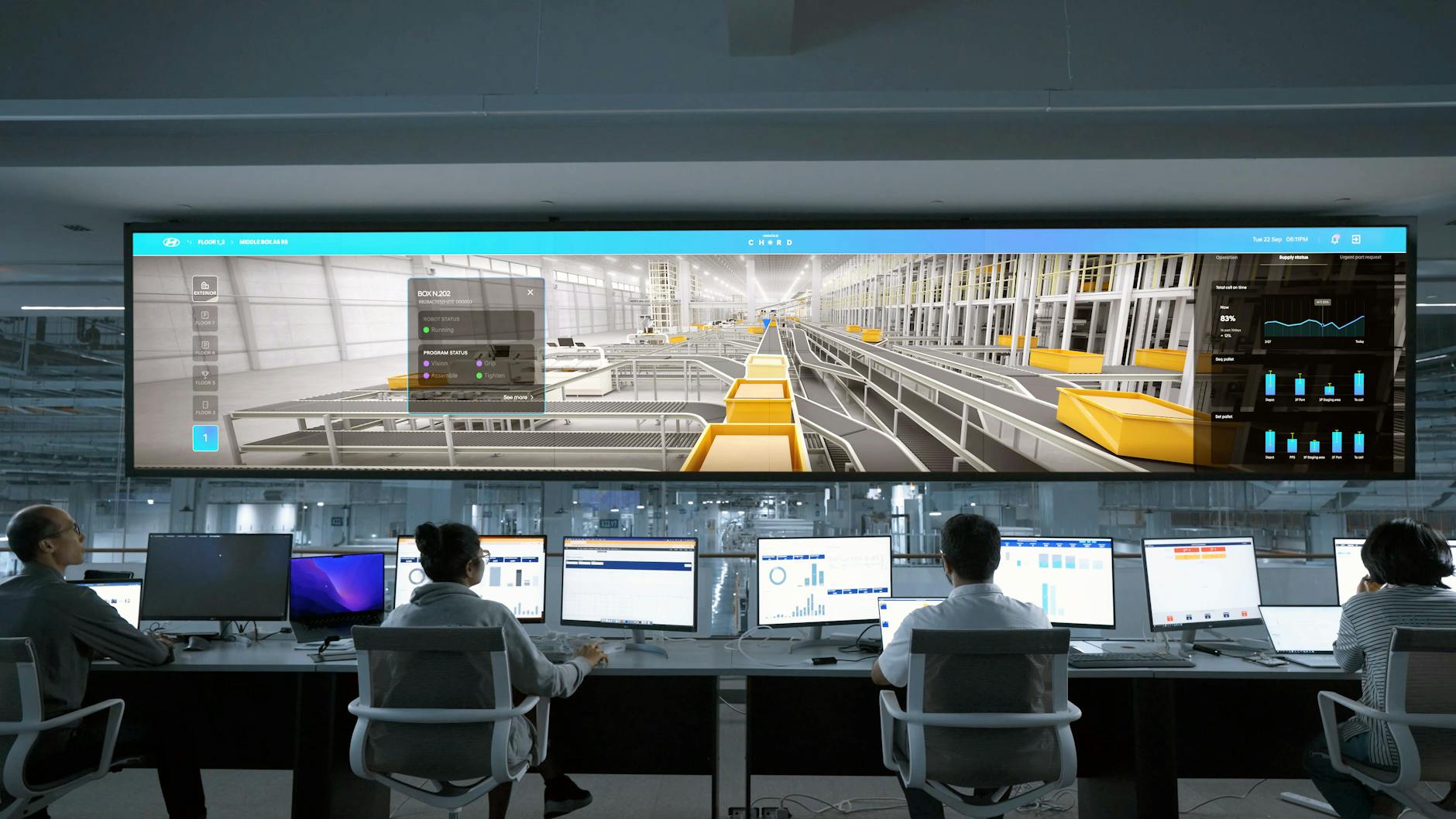Why Australian Acoustic Engineers Are Prioritizing Sustainability

Core Principles of Acoustic Engineering
When considering the core principles of acoustic engineering, especially within vibrant cities like Melbourne, the focus is not only on creating a pleasing auditory experience but also on sustainability. Take the Melbourne Museum's acoustics—here, every sound design choice reflects an understanding of how space and sound interact to enrich visitor experiences without compromising environmental ethics.
Basics of Acoustic Design
Acoustic design's foundation is about controlling sound to achieve the desired audio quality in a given space. This encompasses the modelling and planning essential for environments ranging from home entertainment systems to expansive public venues. At its core, it involves selecting high-quality audio equipment that maximizes sound clarity and minimizes unnecessary energy use.
Role in Building Structures
Incorporating acoustic engineering into building structures is crucial for creating spaces that support varied functionalities, such as video conferencing in corporate boardrooms. The approach includes integrating sound-absorbing materials in walls and ceilings or employing architectural features that channel sound properly. This kind of planning, seen in the sound design installations at Federation Square, merges functionality with artistry, showcasing how sound can be both heard and felt throughout a structure's lifespan.
Essential Tools and Technologies
Acoustic engineers rely on cutting-edge tools and technologies to optimize sound environments. This includes simulation software for acoustic modelling, precision microphones for sound measurement, and innovative musical equipment interfaces. These tools ensure that both commercial and residential spaces maintain sound integrity and support sustainable development practices. Empowering spaces with these technologies boosts overall efficiency—a key part of future-proof audio solutions.
Sustainability Focus in Australia
Environmental Considerations
In the vibrant realm of audio technology, integrating sustainable practices is not just a trend; it's essential, especially in our distinct Australian environment. One pivotal aspect is the application of technologies like mesh radios. These innovative solutions facilitate seamless audio connectivity in diverse spaces without the hefty wiring that can negatively impact the surroundings. By reducing the physical infrastructure needed, mesh radios promote a more subtle environmental footprint and align with sustainable objectives.
Regulations and Standards
Australia has embraced rigorous regulations to ensure sustainability is front and centres in technology sectors. These standards are reflected in the guidelines we follow at many local institutions, such as Federation Square, known for its robust sound design installations. By adhering to these regulations, companies not only comply with legal requirements but also foster a culture that values responsible resource use and environmental care.
Industry Commitments
Industry leaders in Melbourne, home to the Melbourne Museum's acoustics marvels, are increasingly committing to sustainable audio solutions. Incorporating an induction loop system into public spaces like the Melbourne Recital Center empowers inclusive audio experiences while conserving energy. Such systems ensure high-quality, interference-free audio for hearing aid users, significantly enhancing accessibility and reducing energy consumption. This dedication to environmentally conscious practices not only meets customer expectations but also ensures that audio solutions are both innovative and sustainable.
Techniques for Sustainable Engineering
Developing sustainable engineering techniques in Melbourne involves focusing on energy efficiency, innovative materials, and recycling. In our quest for sustainability, refining paging systems becomes crucial, especially in spaces like the acoustics of the Melbourne Museum. This involves using energy-efficient methods to reduce power consumption while maintaining optimal functionality. For instance, implementing low-power standby modes in paging systems can significantly reduce energy use, aligning with both sustainability goals and operational efficiency.
When it comes to materials, exploring eco-friendly options that don't compromise on quality is essential. One approach is to incorporate materials developed from recycled sources, which not only support the environment but also demonstrate resilience. Embracing this strategy in installations, similar to the sound design projects in Federation Square, helps create systems that are both advanced and sustainable. These innovative materials, designed to last longer and withstand wear and tear, extend the lifespan of our audio solutions.
Recycling and reusability are integral components of sustainable engineering. Ensuring that elements such as professional microphone components can be repurposed or recycled at the end of their life cycle is crucial. This practice reduces waste and saves resources, reinforcing the commitment to sustainability without sacrificing quality. By focusing on these techniques, we can promote sustainable engineering practices that not only protect the environment but also empower users with effective, long-lasting solutions.
Benefits of Sustainable Practices
Embracing sustainable practices offers numerous benefits, especially when viewed through the lens of broadcast solutions. One significant advantage is the reduced environmental impact, which aligns with the global need for conservation and efficiency. By incorporating environmentally friendly materials and methods, industries not only minimize their carbon footprint but also contribute positively to broader ecological efforts. This can be mirrored in the seamless acoustics found at the Melbourne Museum, where sustainable sound design is showcased beautifully.
Economic advantages also emerge as a key benefit. Investing in sustainability often leads to cost savings over time. Energy-efficient systems and materials may require an initial outlay but tend to reduce operating costs. For instance, selecting the right monitors for video conferencing can cut down on energy consumption, which not only benefits the environment but also decreases utility bills.
Sustainability enhances longevity and reliability. Systems designed with sustainable practices are frequently more resilient and built to last. This means they experience fewer downtimes, ensuring seamless operations—a vital consideration for professionals managing complex environments. Drawing inspiration from the audio solutions at the Melbourne Recital Center, where sustainability meets high performance, we see how practices can be both durable and effective. Whether you are looking at broadcast solutions or monitors for video conferencing, incorporating sustainability ensures enduring benefits for both the environment and your business operations.
Overcoming Challenges in Implementation
Navigating Resistance to Change
In the sphere of sustainable sound solutions, an underlying challenge often encountered is resistance to change. As a provider of advanced audio solutions in Melbourne, I understand that transitioning from traditional methods requires addressing concerns and educating stakeholders. It's important to engage with clients through open dialog, offering examples from local landmarks like the Melbourne Recital Center, where cutting-edge audio systems seamlessly blend with sustainability goals. By showcasing the benefits of adopting new technology, such as improved energy efficiency and reduced environmental impact, we can ease transitions and foster an appreciation for innovative sound design.
Tackling Technological Limitations
While technological advancements continue to expand the possibilities for sustainable audio solutions, limitations still exist. As an advocate for environmentally-friendly practices, I focus on seeking out and supporting innovations that align with our principles. By leveraging the insights gained from sound design installations in Federation Square, we steer our efforts towards integrating technology that not only meets the current demands but anticipates future needs. Investing in research and collaborations can help unearth practical solutions, like energy-efficient paging systems, that bridge the gap between sustainability and functionality.
Integrating with Existing Systems
Integrating sustainable sound solutions with existing systems poses its own set of challenges, especially in older infrastructures. My approach involves conducting thorough assessments, much like those applied to the renowned Melbourne Museum acoustics. By evaluating the current setup, pinpointing areas for improvement, and developing tailored strategies, I ensure a seamless transition. Incorporating materials and technologies that complement existing structures fosters resilience and prolongs system longevity, offering economic and ecological advantages. Through this careful blend of innovation and respect for legacy systems, we advance towards sustainable audio environments that empower our community.


